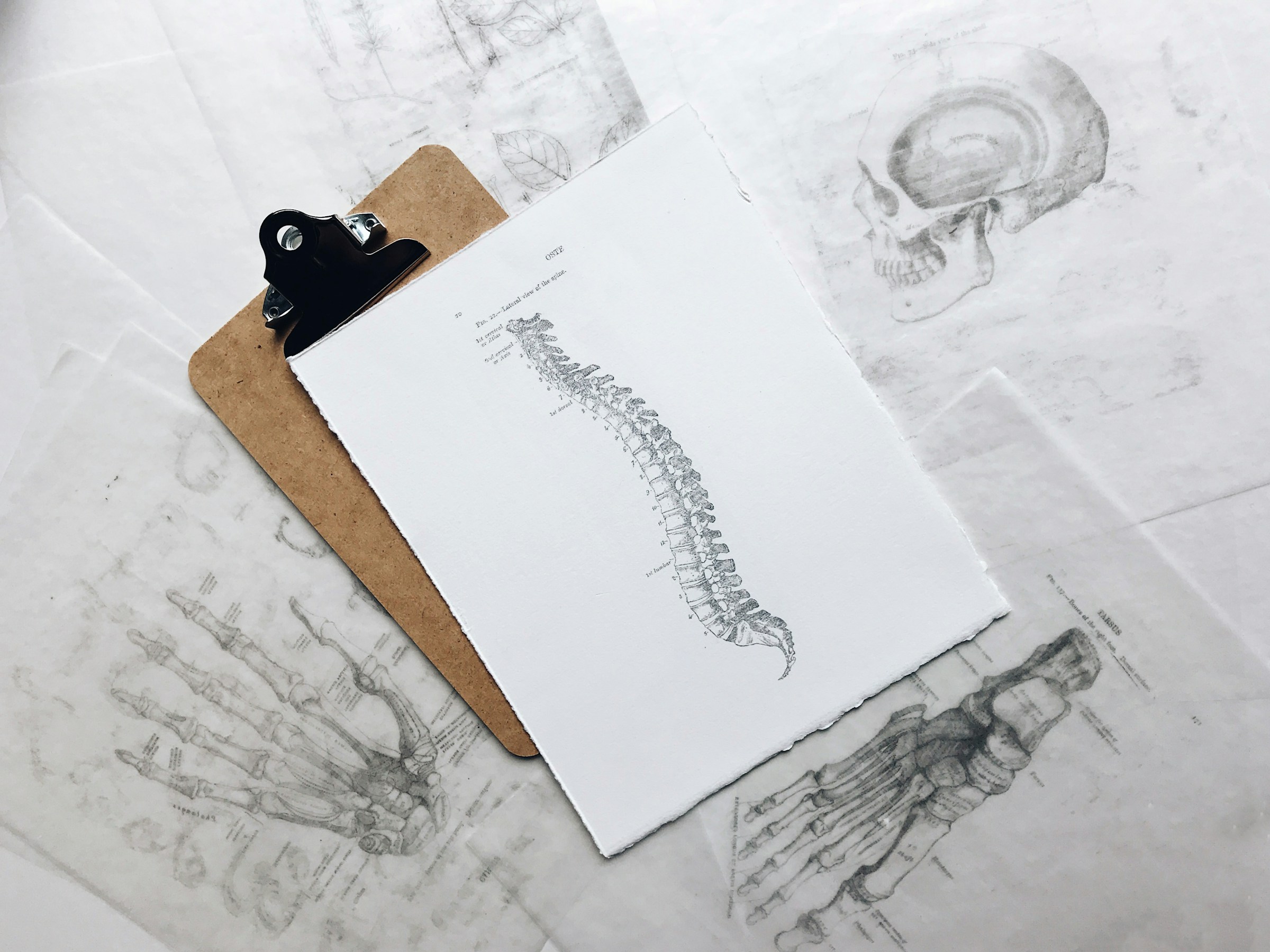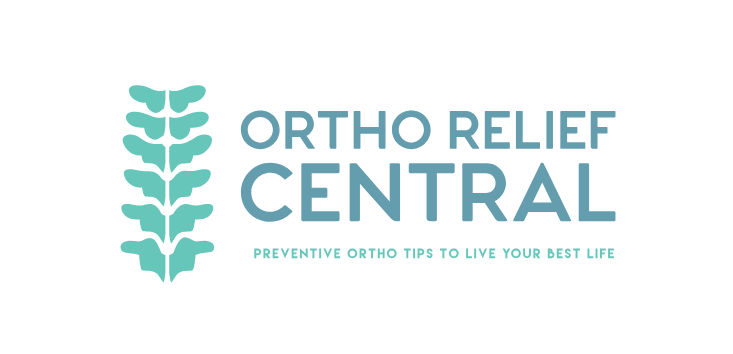Why you should not get a scoliosis brace online

As a sufferer of mild back pain, my social media feed is filled with back support brace recommendations, which are both helpful and befuddling, due to the myriad of options available.
Being not a forward huncher (think Hunchback of Notre Dame style), but rather a slightly to the side leaner thanks to bad posture habits, I wondered if scoliosis braces were the way to go (see example here>>).
That made me go down the rabbit hole of “scoliosis braces” research.
What is Scoliosis?
Scoliosis is a condition where your spine curves abnormally to the side, often resembling an “S” or “C” shape. It commonly affects children and adolescents but can occur at any age. While the exact cause is often unknown, it’s typically discovered during growth spurts.
What is a Scoliosis Brace?
A scoliosis brace is a medical device worn around the torso to help manage the curve of the spine. It’s particularly effective for growing children and adolescents as it can prevent the curve from worsening, potentially avoiding the need for surgery. The brace applies gentle pressure to the spine, encouraging it to straighten.
Types of Scoliosis Braces:
Different types of braces cater to various needs:
- TLSO (Thoracic Lumbar Sacral Orthosis): The most common type, covering the torso from under the armpits to the hips.
- CTLSO (Cervical Thoracic Lumbar Sacral Orthosis): Extending from the neck to the hips, offering more support.
- Milwaukee brace: A more rigid brace, less frequently used today.
How Often Do You Wear a Scoliosis Brace?
The duration of brace wear depends on individual needs and is determined by your doctor. Typically, it involves several hours daily and is often worn under clothing. Treatment usually lasts for a few years until bone growth ceases.
Living with a Scoliosis Brace:
Adjusting to a brace takes time. Here are some tips:
- Communication: Discuss any discomfort or concerns with your doctor.
- Gradual wear: Begin with shorter durations and gradually increase wear time.
- Posture: Maintain good posture even without the brace.
- Physical activity: Engage in physical therapy exercises to strengthen your core and improve posture.
How Your Scoliosis is Managed
The management of scoliosis depends on several factors:
- Curve severity:
- Mild scoliosis (10-25 degrees) may require observation and regular check-ups.
- Moderate scoliosis (25-40 degrees) often involves bracing, especially for growing children.
- Severe scoliosis (over 40 degrees) typically requires surgery to correct the curve.
- Age: Treatment for children focuses on preventing curve progression.
- Type of scoliosis: Different types of scoliosis (idiopathic, congenital, neuromuscular) have varying treatment approaches.
- Growth potential: For children, the amount of expected growth influences treatment decisions.
- Symptoms: Pain or other symptoms can impact the treatment plan.
When to See Your Doctor:
Consult your doctor immediately if you experience pain, skin irritation, or difficulty breathing while wearing the brace.
Conclusion:
Buying a scoliosis brace online without a proper medical evaluation and fitting is strongly discouraged. Here’s why:
- Incorrect fit: Scoliosis braces are highly customized to match the specific curvature of a patient’s spine. An improperly fitted brace can be ineffective, uncomfortable, and potentially harmful.
- Wrong type of brace: Different types of scoliosis braces exist, and the correct one depends on the severity and location of the curve. A wrong brace can exacerbate the condition.
- Delayed treatment: Using an ineffective brace can delay proper treatment, allowing the scoliosis to worsen.
- Potential injuries: An ill-fitting brace can cause skin irritation, pressure sores, or even nerve damage.
Always consult with an orthopedic specialist or a scoliosis specialist for a proper diagnosis and treatment plan. They will recommend the appropriate brace, ensure a correct fit, and monitor your condition.
Remember, scoliosis is a complex condition, and self-treatment is not advisable
If your back problems are at a mild uncomfortable at the moment, you may consider ergonomic equipment to help prevent more chronic posture issues in the future. Check out our take on ergonomic keyboards here >>
Have you bought a scoliosis brace off the internet before? How was your experience using it?






